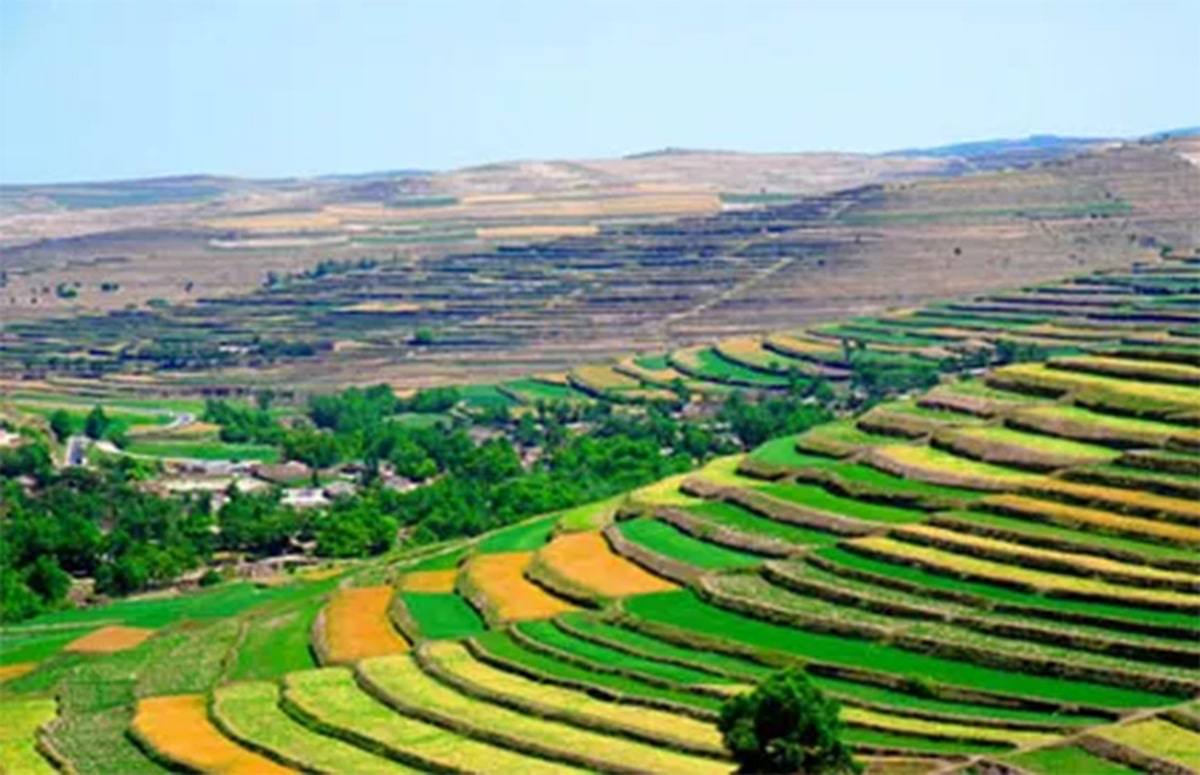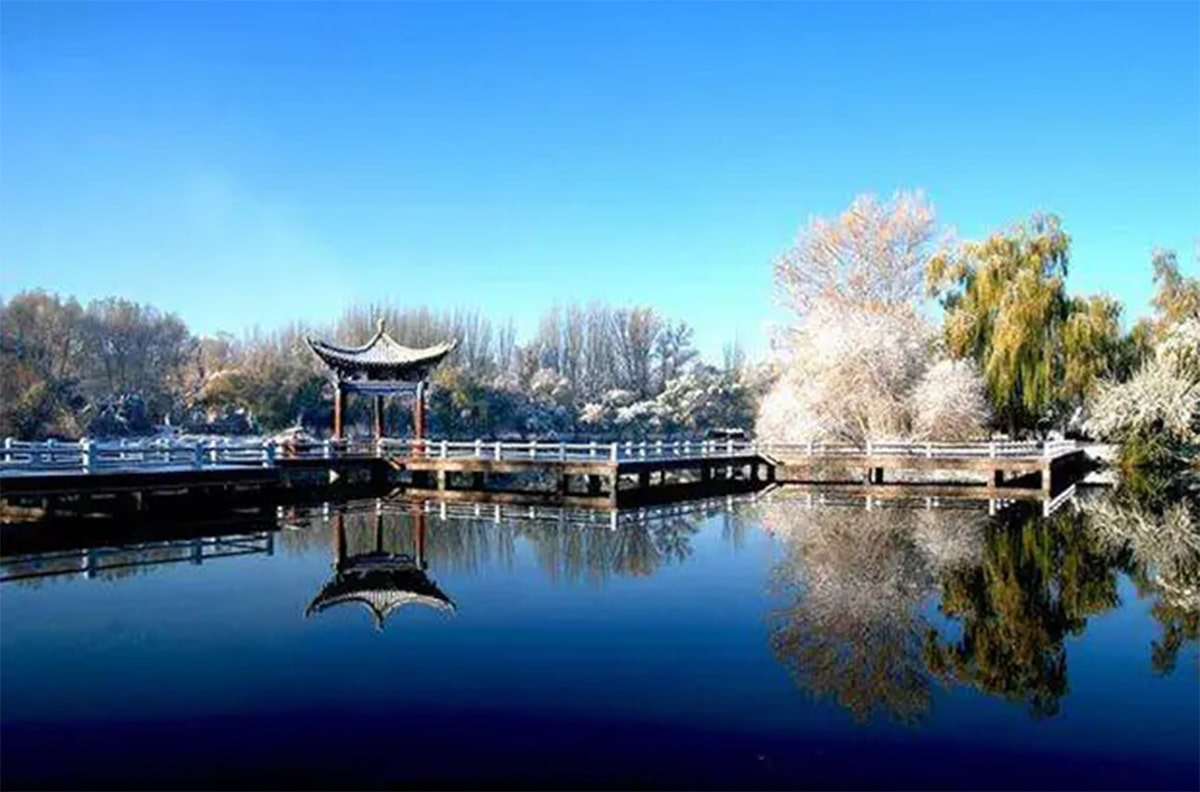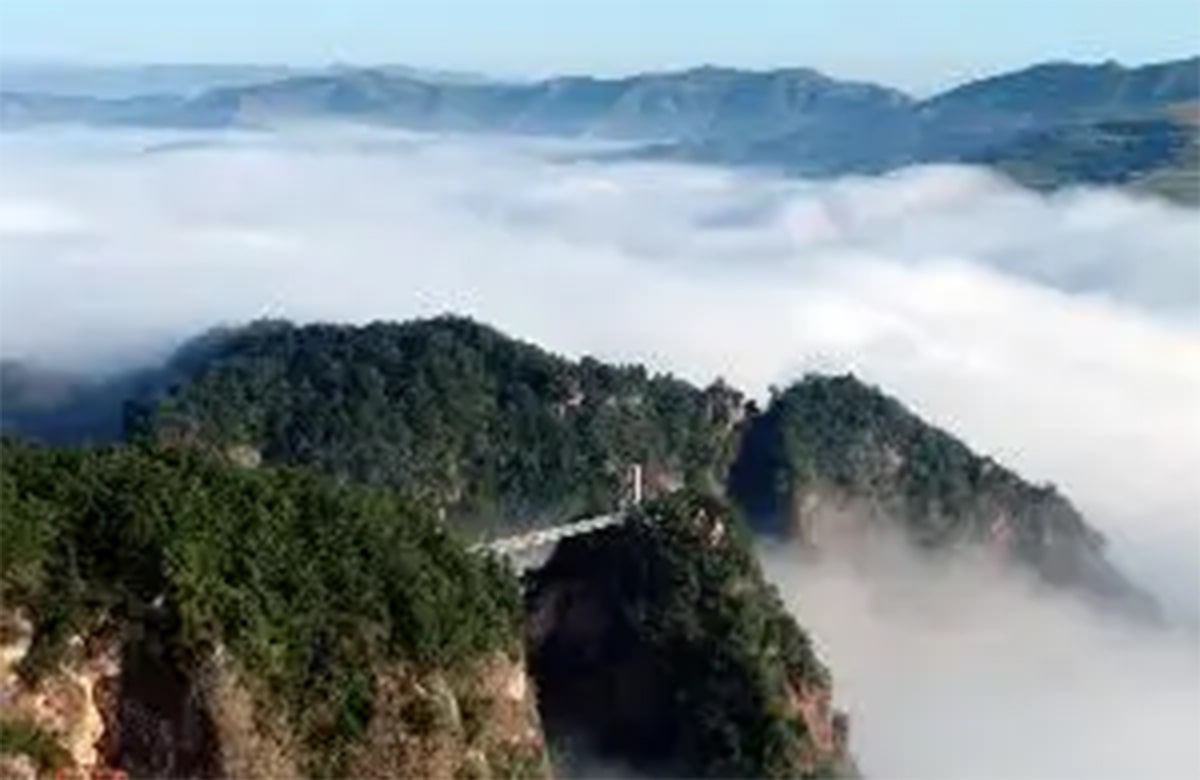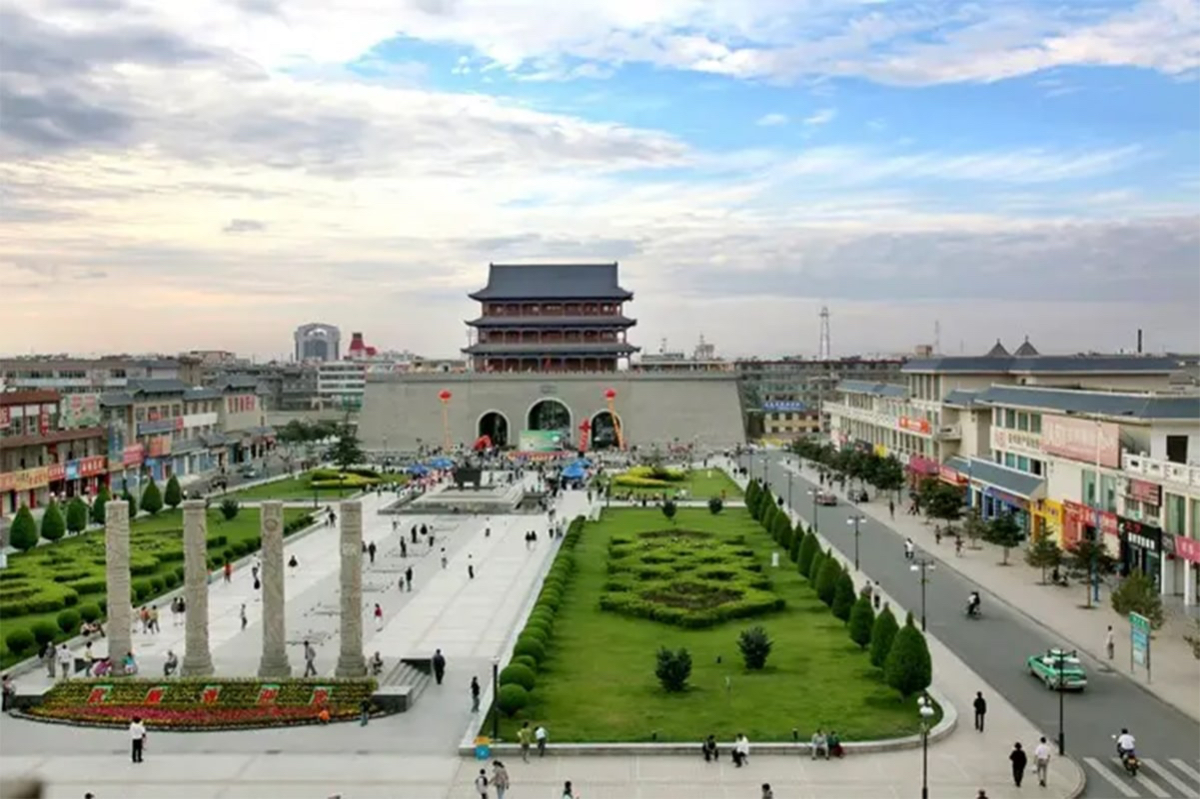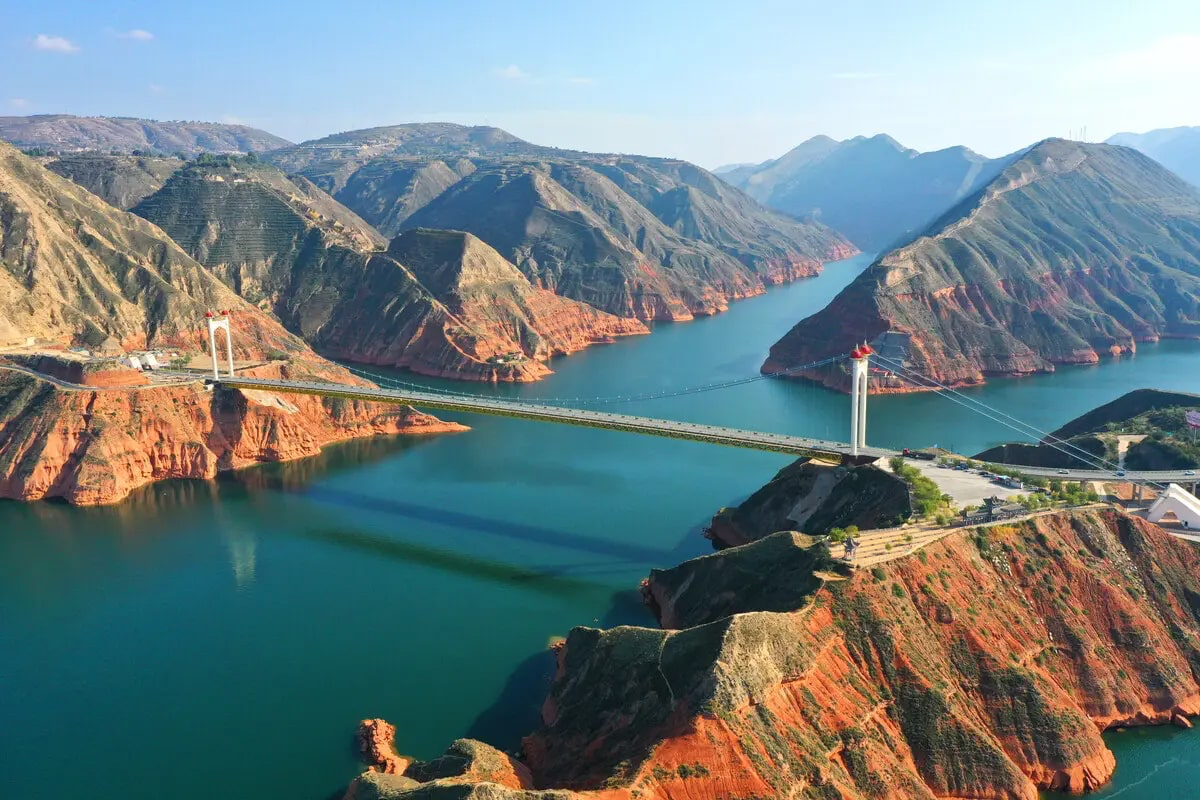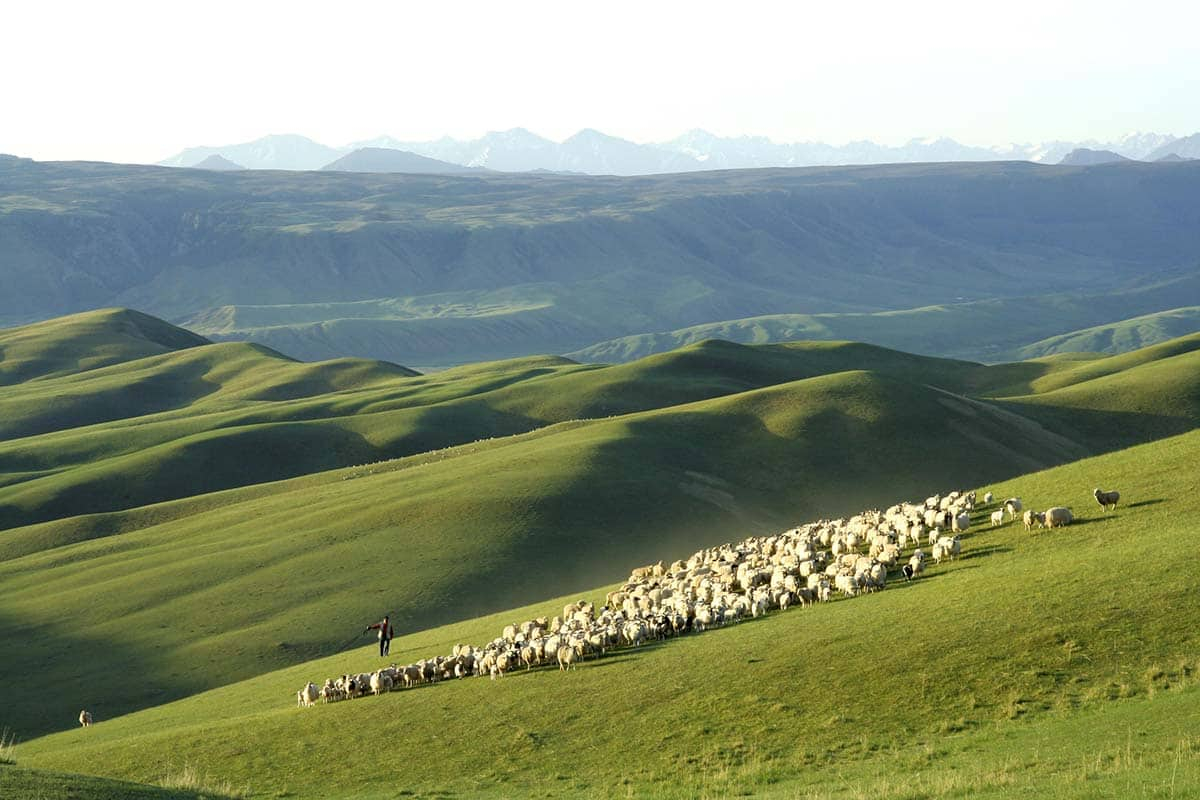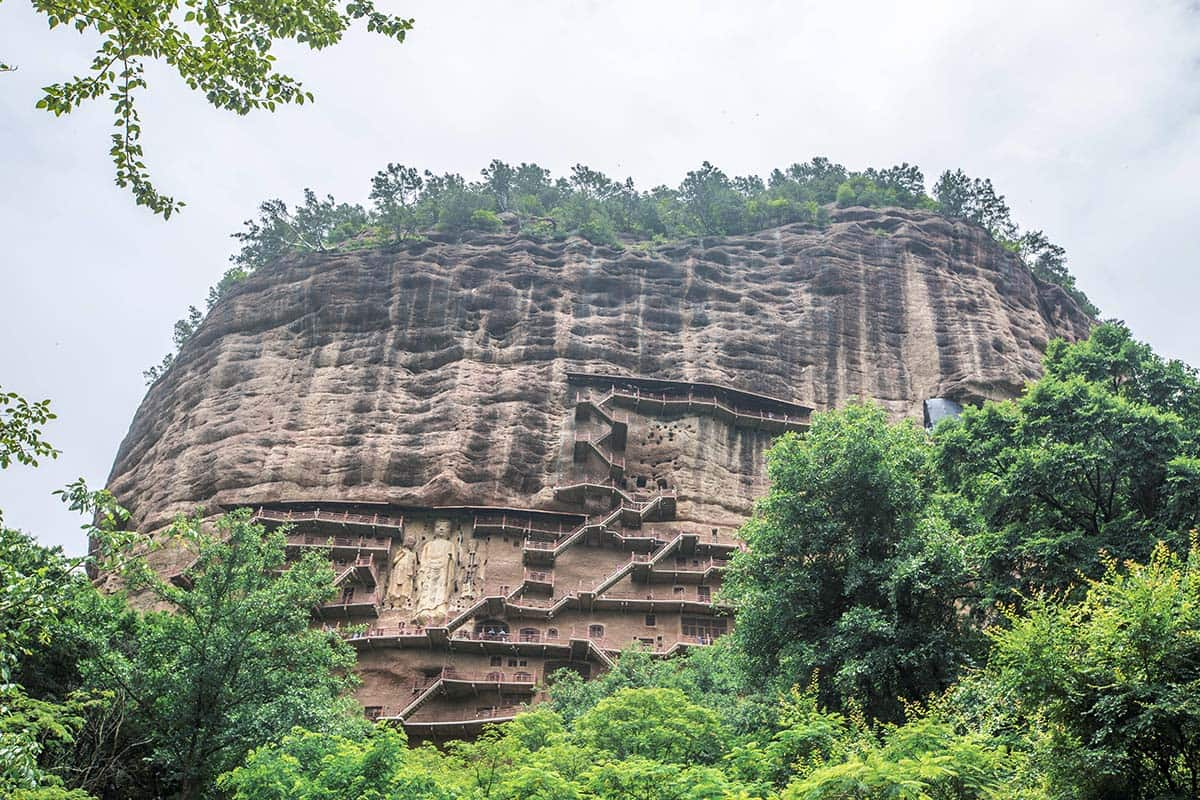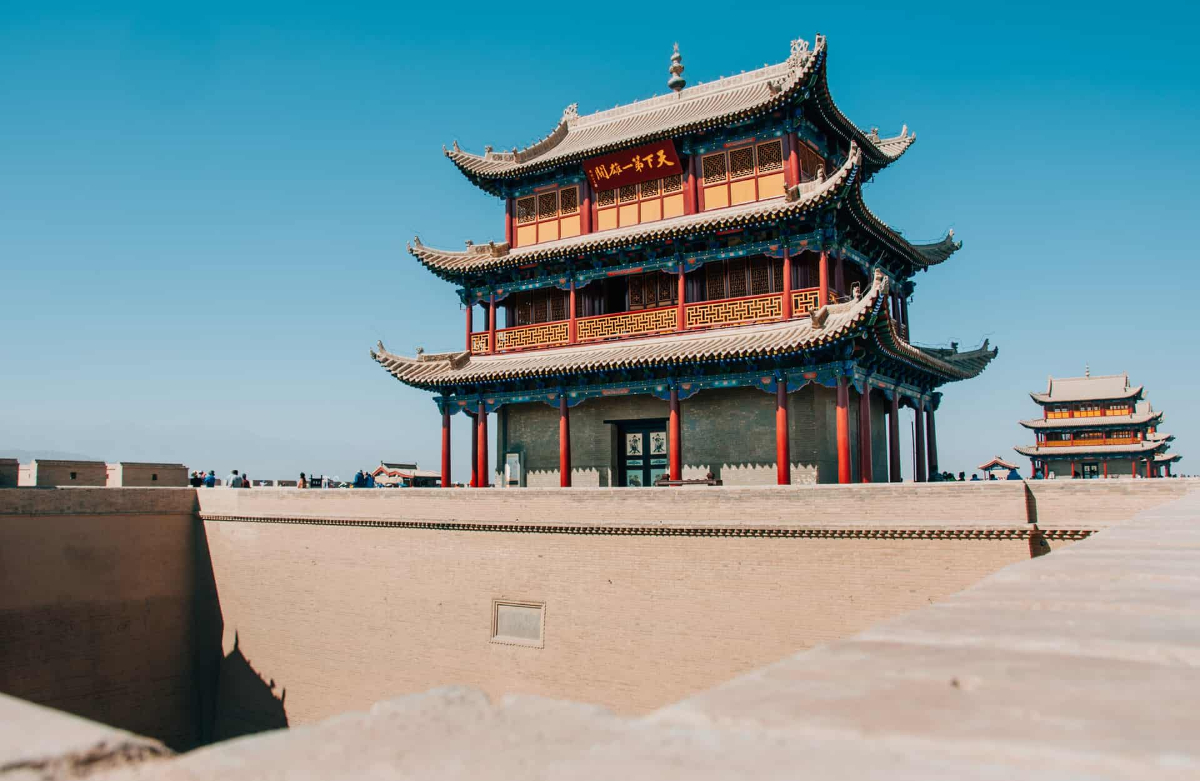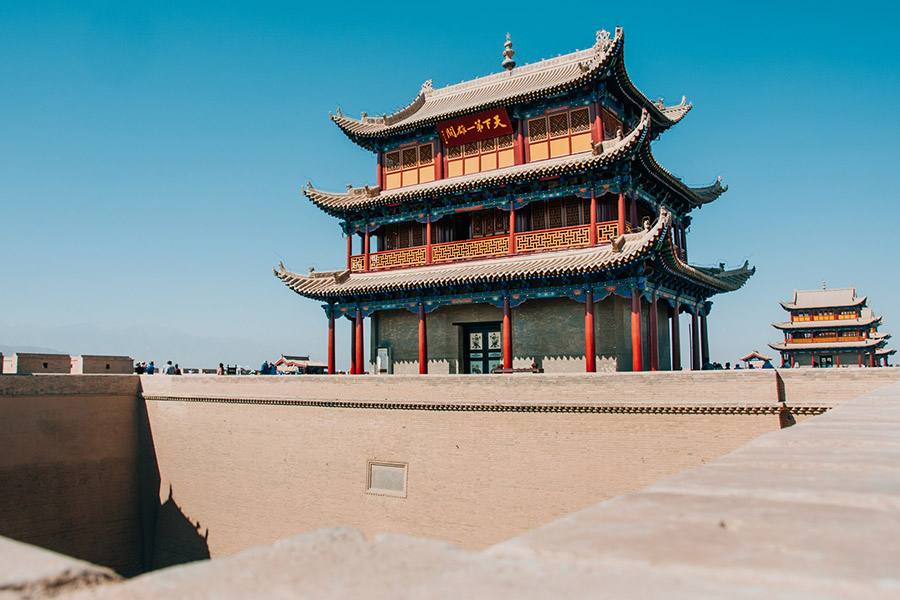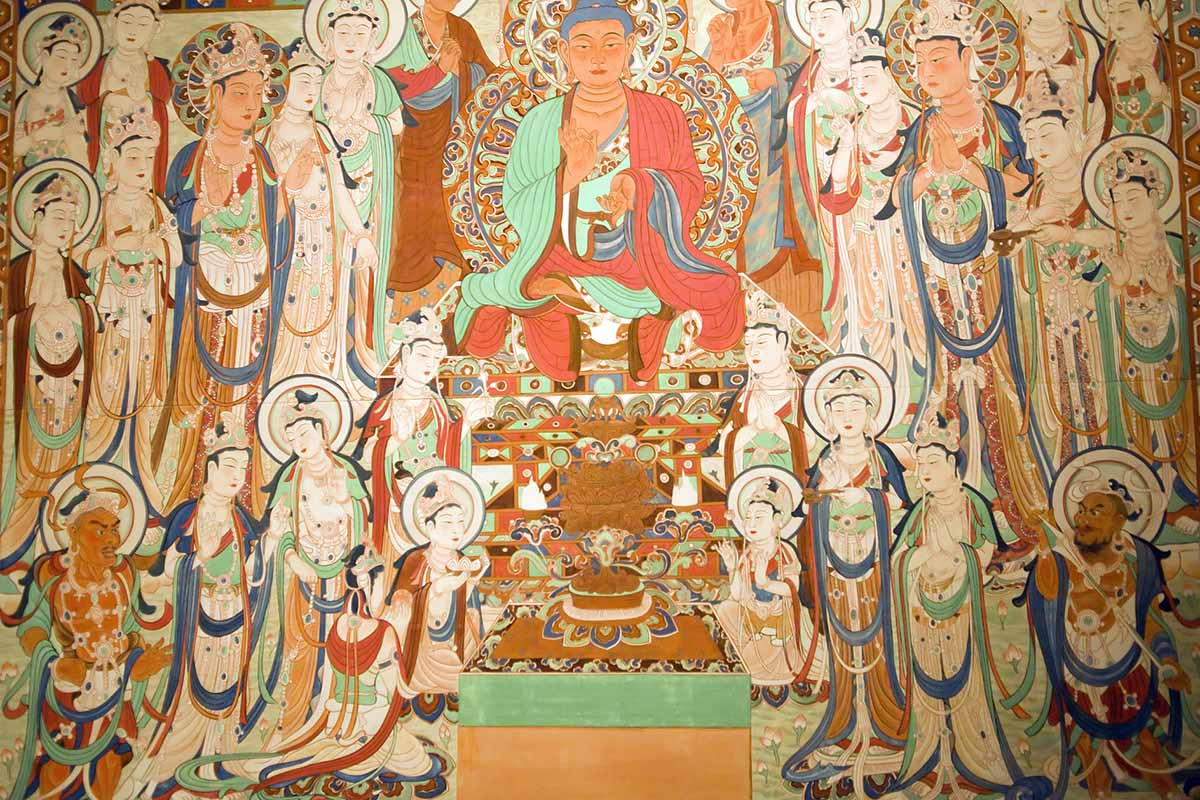Top 8 places to better understand Gansu
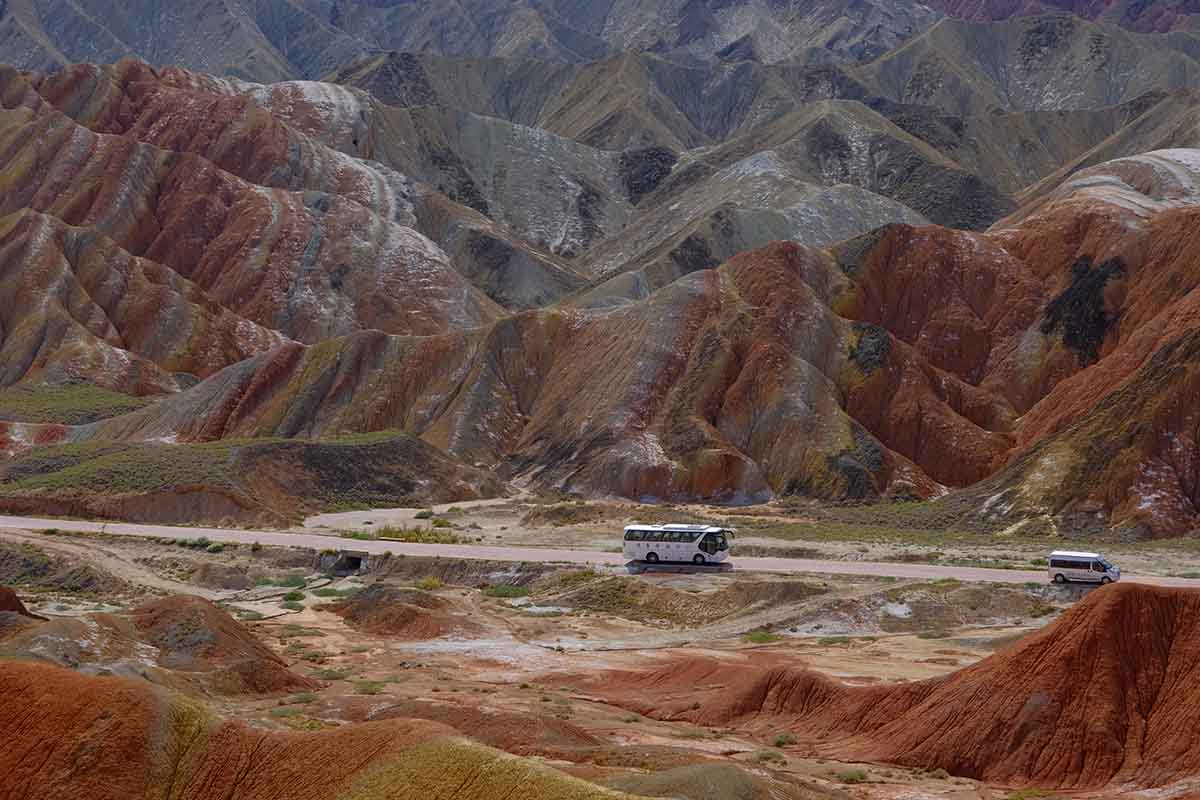
If you’re looking to truly get away from China’s mega-cities to have a genuine adventure, experience a melting pot of cultures and traditions, and see some of the world’s most stunning landscapes, Gansu Province surely holds a lot of great surprises for you. From painted rainbow mountains to ancient art on the Silk Road, Gansu is still one of western China’s best-kept secrets when it comes to sheer variety of off the beaten path experiences.
Bordered by the Kunlun Mountains and the Gobi Desert, Gansu Province forms a narrow corridor in northwestern China that leads to both Tibet and Xinjiang Province. With climates ranging from sandy desert to sweeping high altitude grasslands, Gansu may very well be China’s most geographically diverse province.
Top 8 places to better understand Gansu
Vast and graceful natural scenery like endless desert and pure glacial landscape presents an impressive and breath-taking picture before your eyes. Take for example the world-famous Mogao Caves. It is the largest and most well-preserved Buddhist art palace and also a post along the ancient Silk Road; the grand Jiayuguan Pass, an important outpost in ancient China, is the western end of the Great Wall; the Labrang Monastery in Xiahe is one of the largest Tibetan Buddhist resorts in China while the Bingling Temple in Lanzhou is a treasure trove of Han Buddhism.
Here are some of the best places in Gansu Province.
01. Mogao Grottoes
Situated at a strategic point along the Silk Route, at the crossroads of trade as well as religious, cultural and intellectual influences, the 492 cells and cave sanctuaries in Mogao are famous for their statues and wall paintings, spanning 1,000 years of Buddhist art. Mogao Caves comprise the largest, most richly endowed, and longest used treasure house of Buddhist art in the world.
02. Mingsha Mountain and Cresent Lake
Renowned for its coexistence of mountain and spring, sand and water, Mingsha Mountain and Crescent Lake was listed as National Key Tourist Attractions of China in 1994.
As a sand-crusted hill of dozens of meters high with an area of about 40km east to west and 20km south to north, Mingsha Mountain, whose name means Echoing-sand Mountain, gets its name due to its natural phenomenon that sand roars like thunder which can be heard in the city in fine days. When tourists climb upon the sand-making Mingsha Mountain and slide downward from the top, the sand can collapse with them and give out a pearl of loud sound.
Surrounded by the Mingsha Mountain, Crescent Lake, also called Sand Well or Medicine Spring, is named after its crescent-like shape. With the reputation of the First Desert Spring under Heaven, Crescent Lake boasts its survival in the extensive dry desert after over thousands of years.
03. Jiayuguan Pass
Jiayuguan is a pass standing at the western end of the Ming Dynasty Great Wall. Different from the well-known sections built with stones or bricks, Jiayuguan Great Wall was built with rammed earth, making yellow its dominant hue and helping the pass blend harmoniously with the surrounding desert.
Jiayuguan Pass used to be the starting point of the ancient Great Wall built during Ming Dynasty (1368 – 1644). It was the most important military defensive project guarding the far northwestern area of China.At the same time, the Jiayuguan Pass had also played as a key waypoint of the ancient Silk Road.
Foreign travelers and traders came from Europe, Middle Asia, and entered the inner land of China. While commodities of China also were transported to Middle Asia and Europe from this pass. Along with the foreign trade, a cultural exchange of religion, art and custom also had been brought.
04. Zhangye Danxia National Geological Park
Zhangye Danxia National Geological Park is in the eastern foothills of the Qilian Mountains in Gansu Province, China. The geological park has a spectacular Danxia landform area that covers about 50 square kilometers.
About 540 million years ago, the area was once part of the ocean. Due to tectonic plate collision, the land folded and formed mountains, and lifted above sea level.
The Rainbow Mountains of China within the Park are a geological wonder of the world. These famous Chinese mountains are known for their otherworldly colors that mimic a rainbow painted over the tops of rolling mountains.
05.Yardang National Geopark
Dunhuang Yardang National Geopark is a national park in Dunhuang, Gansu Province, China, that shows the Yardang geological feature of the area. Yardang has been created over time by the soft part of the earth's surface being eroded by wind and rain, with the hard part of the rocks remaining in the desert.
The unique rock formations in the park developed over a period of 700,000 years. The Yardang geomorphic formations found in the Dunhuang Yadan National Geopark are the largest in China.
06. Sangke Grassland
Sangke Grassland is located on the west side of Xiahe County in Gannan in the middle of the Tibetan Plateau near the precious Labrang monastery one of the biggest monasteries in the word. It enjoys a good reputation in the northwest Tibetan region for its excellent pasture and significant Buddhist ceremonies.
The area has been one of the main stock farming bases of Gannan Zang and is also home to River Daxia which moves from south to north promoting luxurious and endless growth of wild flowers which blossom attractively on the great tableland under the blue sky creating a picturesque natural scenery.
07. Bingling Temple Grottoes
Bingling Temple Grottoes is along Yellow River bank, on the west cliff of Dasigou on Jishi Mountain in Yongjing County, Linxia Hui Autonomous Prefecture, Gansu.
Bingling Temple Grottoes, also called Binglingsi Grottoes or Bingling Thousand-Buddha Caves, is a 1600-year-old site on Yellow River with 183 caves and niches, 694 stone statues, 82 clay sculptures, and 900 square meters of murals. On June 22, 2014, Bingling Temple grottoes were successfully included in the world heritage list as a site of the "Silk Roads: the Routes Network of Chang'an-Tianshan Corridor".
08. Maijishan Grottoes
The Maijishan Grottoes are a series of 194 caves cut in the side of the hill of Majishan in Tianshui, Gansu Province, northwest China.
This example of rock cut architecture contains over 7,200 Buddhist sculptures and over 1,000 square meters of murals. Construction began in the Later Qin era (384–417 CE).
They are just one of the string of Buddhist grottoes that can be found in this area of northwest China, lying more or less on the main routes connecting China and Central Asia.
- HOTEST
- RECOMMEND
